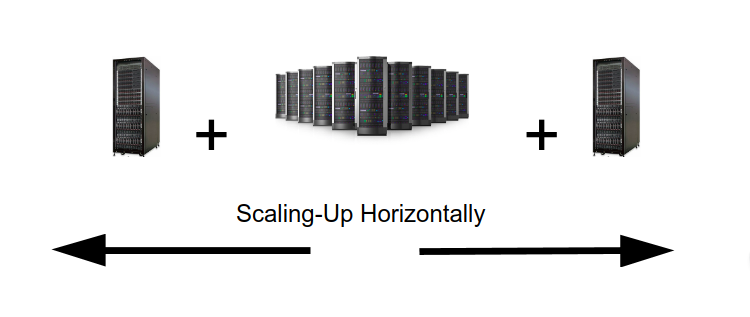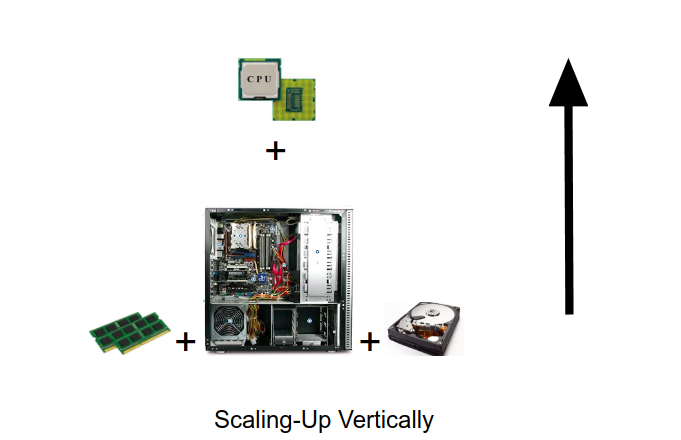Scaling Up The Hyperledger Fabric
Posted By : Neeraj Kumar | 30-Dec-2017
What Does Scaling-Up Means?
In the Computer Science Scaling-Up is the term of upgrading the computing power by either adding more machines to the existing computing machines pool ( taking server stacks as an example) known as Horizontal Scaling or by enhancing the computing capability of existing computing machines by adding more processing power (CPU), RAM, Storage capability or etc to them which is known as Vertical Scaling. Deciding in which way scaling needs to be done is completely dependent on the demand of the situation and the affordability.


Scaling-up Horizontally vs. Scaling-up Vertically
Scaling-up horizontally is more dynamic in nature so it is easy to add more machine to the existing computing machine pool and the process of adding more machine as per the requirement can be made automated too in some cases (taking Amazon AWS as an example), whereas, Scaling up the capability vertically of single machine involves downtime and it is restricted by the upper limit of that single machine.
Scaling Scenarios For Hyperledger
Scaling up the Hyperledger involves two important scenarios:
I). Scaling the capability of a single peer: In an existing distributed network, any peer might end up reaching the upper limit of its capability, in our concerns, it’s mostly the storage capability of that peer to hold blocks of the blockchain. After reaching the storage limit it will be impossible for that peer to hold more blocks without being scaled up to acquire more storage capacity, and that right there where we require scaling up the peer vertically.
II). Scaling the existing network by adding more organizations with its peer(s): On the other hand, at any later point of time there can be a scenario where we will be in need to add more peers to the existing support network and to do that the option we have in hand is to add organization which has its own peer(s) to the network. But why we need to add an entire organization with its peer(s) just to add a new peer? An organization in the
Fabric versions supporting scaling
Hyperledger Fabric natively supports both types of scaling of the network. The latest stable version of fabric is v 1.0.4 whereas earlier the first stable version was v0.6 and both of these versions supports scaling, but its the tools required and user friendly access of these tools that make all the difference. In the Fabric version 1.0.4, the use of these tools to read the network configurations of MSP and then modifying these configurations to add a new organization to the already live network is very time taking even for the experienced professionals. To be enabled to update the network configurations for adding more peers to the network in these versions one has to collect the configurational signatures manually which is also hard to automate.
The latest preview version of the fabric v1.1.0 is the version that supports more user-friendly access to reading and modifying these network configurations. Fabric 1.1.0-preview introduces the “peer channel
I will cover exactly how to scale the
Cookies are important to the proper functioning of a site. To improve your experience, we use cookies to remember log-in details and provide secure log-in, collect statistics to optimize site functionality, and deliver content tailored to your interests. Click Agree and Proceed to accept cookies and go directly to the site or click on View Cookie Settings to see detailed descriptions of the types of cookies and choose whether to accept certain cookies while on the site.










About Author
Neeraj Kumar
Neeraj is a JAVA Developer who possesses skill set in: Data Structures, Core Java, Java Enterprise Edition (Servlets, JSP, Standard Java Beans), Spring (Spring-core, spring-MVC, spring-Data-Access, Spring-Data-JPA), Hibernate, JPA, HTML, CSS, JavaScri